Fot. Green Energy Park, source: GEP
Green Energy Park was founded in a collaboration between Vrije Universiteit Brussel and Universitair Ziekenhuis Brussel. With these living labs the campus aims to be a large-scale testing ground, expertise and training center to bridge the gap between research, innovation, realization and exploitation. GEP puts its focus on three domains: sustainable energy and climate, health (building ‘hospital of the future’) and key enabling technologies (KET) – micro- and nanoelectronics, nanotechnology, industrial biotechnology, advanced materials, photonics, and advanced manufacturing technologies. Since the European Commission picked this areas to increase industrial innovation to address societal challenges and create advanced and sustainable economies, is it not logical that we focus on them, Green Energy Park asks rhetorically.
The tour of the park included presentations by different experts on a wide array of topics:
* Inne Peersman: Green Energy Park, innovations at the living lab,
* Frederik Loeckx: The need for living labs in accelerating the energy transition,
* Lennert Callebaut: Case study 1: residential neighbourhood,
* Jelle Smekens: Case study 2: companies and SME zones.
GEP general management director Inne Peersman said that the campus is offering the research groups a highly motivated and passionate team that listens to their specific needs and expectations. They are looking at how they can support them thanks to dedicated living labs (already existing or future ones). The collaboration is only a part of a story – aligning the research to the market is equally important, because scientists themselves do not always have enough time and networks to do it properly. An interesting fact was that the new data centre in GEP was opened the day before our visit. It gives researchers 10,000 m2 to their disposal and there is still a lot space to be added and more buildings will follow.
The great example of what Inne was talking about related to collaboration and commercialization is the development of the Smart Village Lab. It was this part of the trip which interested me the most because I could see specific solutions up close. The Lab allows to demonstrate and test technologies, products and services associated with mobility and energy at the level of the distribution network, interactions between a smart home and a smart district, as well as increase their Technology Readiness Level (TRL). The EVERGI research group, that is responsible for this project, “mainly focused on intelligent use of electrical components: smart charging stations, solar panels and batteries. Now more attention is being paid to the integration of thermal components and even renewable gases such as green hydrogen and other renewable molecules are being added to the system. It will provide a new complete set-up that can combine almost all possibilities of energy forms on a small scale”, we can read the statement of research leader Professor Thierry Coosemans.
During the visit, I managed to talk to Frederik Loeckx about GEP’s activities, the role of his organization – Flux50 – in gaining international recognition for Flanders as a smart energy region and this whole European cluster policy, which was the main topic of the Conference. I invite you to read the interview below.
On what principles was Green Energy Park created and runs its projects with the science and business community?
GEP was started on the premise that business and science community need a common touchpoint where they can sit and work together. It was (and still is) a co-creation space where we want to speed up the development of new technology maturing it from lab to market. If something goes wrong in the safe environment of the GEP, no hard feelings will occur. If you try out something live on the grid and you cause a local black-out, you lose societal acceptance.
What are the most interesting case studies of projects taking place in GEP?
It is an interesting infrastructure that is used in a lot of Interreg projects [Interreg is a key European Union instruments that strengthens cooperation between regions and countries within the EU. As part of the EU's Cohesion Policy, Interreg plays a vital role in promoting regional development, cohesion, and reducing economic disparities – editor’s note]. I think it is worth mentioning two projects in particular here. The first one is ConnectSME, where Dutch SME's were invited to test their new developments in real life conditions within GEP. One of these is a Vehicle-to-grid (V2G) charging point where an electrical car can also be discharged and not only charged [to take the energy stored in the car’s battery and push it back to the power grid – editor’s note]. The second one was the STEPS project, focusing on mid-size battery storage. In this project a mid-size battery was connected to a tower crane (construction) in order to recuperate potential energy. This lead to new energy management systems where the tower crane also acts as a grid support.
Knowing your areas of interest, I could have guessed that you would pay attention to examples related to energy security, but my hobby is biotechnology, so I would like to ask you, whether Green Energy Park also runs this type of projects?
GEP is involved in medical technologies in general and not in biotech specifically. One of the most interesting aspects is that GEP hosts the Belgian 7 Tesla MRI scanner. That scanner will be used to test the safety of 7 Tesla magnetic fields by all universities across Flanders for their research on the brain damage [and neurological diseases such as Alzheimer’s disease, epilepsy, Parkinson’s disease and multiple sclerosis – editor’s note].
Let’s talk about your organization for a minute. Making Flanders the Silicon Valley of the energy industry – is that the main goal of Flux50?
That is indeed our BHAG (Big Hairy Audacious Goal) [it refers to compelling target that an organization seeks to work toward by inspiring its employees – editor’s note]. Another goal is also to act as a reference point for the energy transition that other sectors need to undertake (mobility, energy intensive industry, construction etc.).
Looking at the bigger picture, how clusters can help Europe to achieve their industrial priorities and keep energy security?
I would like to refer to the multilevel perspective I presented during the Conference. Clusters have the unique opportunity to connect companies, academia and governments in order to show that new technology and smart usage of energy can and must have the opportunity in the market (the niche layer) and influence the regime layer to take the right decisions in an objective and technology unbiased manner based on the insights coming from their ecosystem rather than from one particular stakeholder.
It is the only interview that I run here in Brussels after the Conference, so I need to ask, how can You evaluate and summarize discussions and deliberations that took place during European Cluster Conference?
All European clusters and cluster supporting administrations share more or less similar challenges. During the Conference these challenges have been discussed and also presented to the European Commission who needs to provide the supporting framework. I note that the funding challenge was kind of a red ribbon throughout the discussions, with a specific emphasis on the state aid rules that would require some refinement. Clusters have a particular mix of different financing sources and are typical non-profit member organizations which have a difficulty in making profit in order to have a financial buffer.
Thank you for the conversation and your hospitality.
You are welcome. Thank you for your presence and interest.
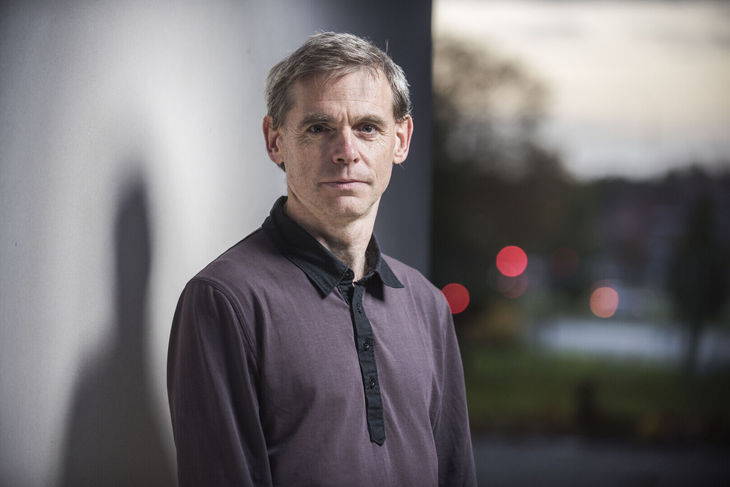
Fot. Frederik Loeckx, source: Flux50



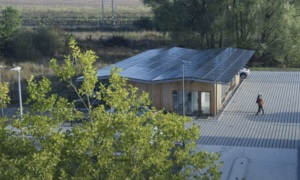
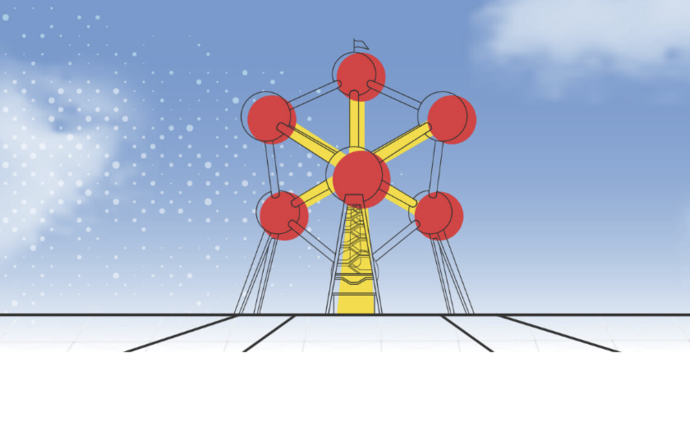
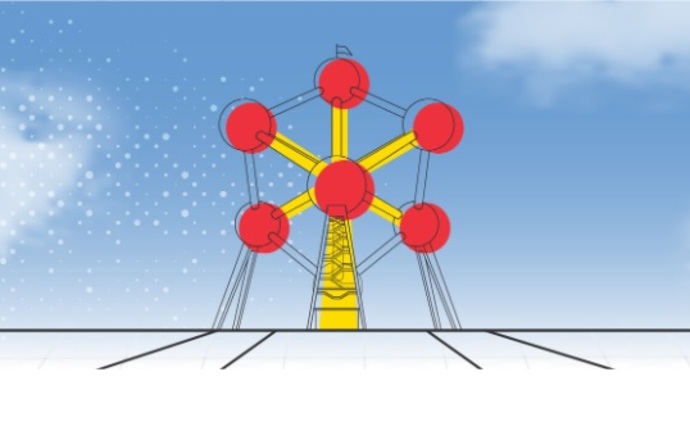

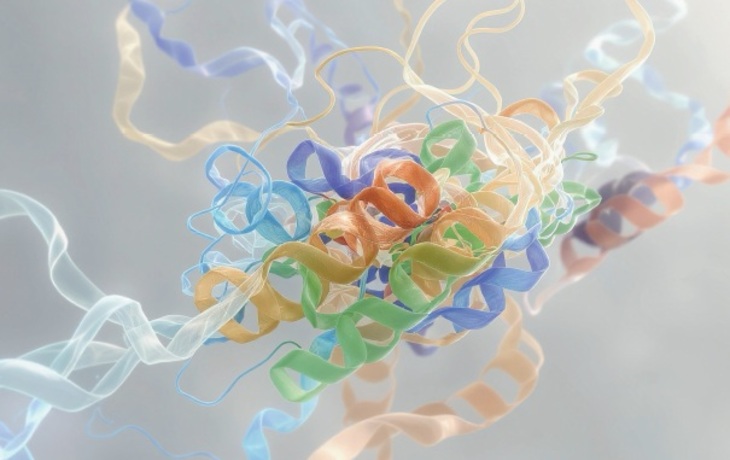


















KOMENTARZE